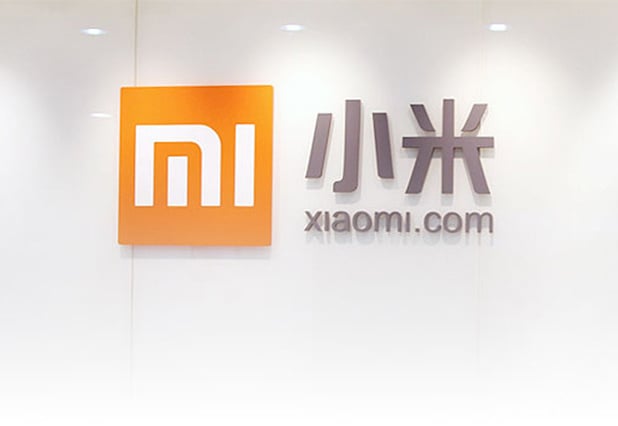Xiaomi is a company only just has 4 years history, but now, it is very famous like Apple in China. This company spend about 4 years to reach the top-level with Lenovo, Huawei. Xiaomi released smartphones, TV, router and more. It merged Apple and Amazon. Not only that, Xiaom has a bigger ambition: to build a smart home system with their products.
Here is a speech from Leijun, the CEO of Xiaomi, This speech was given at the Smart Home Innovation Forum at Appliance World Expo, Asia’s largest home appliance exposition, sponsored by China Household Electrical Appliances Association. You will find out what’s idea he thought:
First off, I believe many people have a hard time defining Xiaomi. Is it a hardware company or a home appliance company or an Internet company? It’s very hard to define – actually I feel Xiaomi is an Internet company. Only with Internet companies will we have this thought process on making products. I won’t bring out all the important points in my talk; I want to speak simply about a few. One is focus. In the past, we’ve tried quite a few things, but we really only produced three products. One is mobile phones, one is televisions – televisions of course include TV set-top boxes – and also a router. I don’t know if you can figure out what these products have in common. Why these three products? I want to elaborate briefly on how these three products are all platforms.
What is the smart home? From some users’ perspectives, is the “smart home” just changing the concept of remote control? Is using mobile apps to control household appliances the “smart home”? Or is it just consolidating the pile of remote controls at home inside a smart phone? This is also a way of making a smart home. Or does it require having things prepared before finishing building a home or having the workers knock through some walls, wiring the Internet network into the house beforehand? There will also be many users who think the smart home is high-tech, a distant thing, then that it’s expensive. Is it not that any electronic plus the word “smart” reads as more expensive? However, I’m skeptical about the above viewpoints. Xiaomi’s defining of the smart home includes two important words. One is “automatic”. Remote control, mobile phone control is not the important point. So, I’m very much in agreement with Director Zhang’s viewpoint – that is automation. Maybe automation is at the heart of the smart home.
People are lazy, no one wants to throw away their remote controls and then use their phones to control [appliances]. Also, what’s the point of being able to control an electric fan from another part of the country? Many things happen automatically, like when I wake up at 8, the router can connect all devices. What state do you need to be in to make the user satisfied? This start up condition might be an alarm, or it might use a wristband that the user wears. The wristband has a video monitor function; press it and it sleeps, press it and it wakes up. When waking up in the morning, I press the wristband and it talks to all the routers and the router talks to all the devices. Also when PM2.5 reaches a certain numerical value, the router will react – the router will tell the other devices. The router is the information hub, the control center.
The first important word is “automatic”; the second important word is “slowly”. I believe changing the whole home’s appliances is something that users will not accept. I also believe labeling products “smart” and selling them at a high price is something users won’t accept. I think if just one lamp becomes smart, maybe the whole home will smarten. Smart home appliances – it’s all actually a very subtle thing. For example, we open the door and the light turns on. This is the smart experience that’s easiest to accept. Like in the washroom, when you wake up the water automatically runs. This is very subtle but also very easy for people to accept. So the smart home is not experienced with the entire set of home appliances, but rather a subtle experience, slowly integrated into the entire set of home appliances. We will allow this to slowly happen.
Smart control center. Let’s look at everything connected to the router. I’ll take the coffee machine, electric fan, other devices – every little dot, after we click on it, we can know each device’s state. For example, we click on the TV, and we’ll know what program it’s showing. This is a native protocol, and for the many devices that fulfill this protocol, the user simply clicks one time and can enter the application quickly. Change the communications protocol to AP, then enter the device ID and password, avoiding a complicated process. The picture over there is what we define as the “smart” scenario. It shows the arrival at the workplace and leaving the workplace, the arrival time. There’s no need to click it.To let the office devices start running, you only need to bring this cell phone to the office. Cell phones follow people, so my router knows my phone already returned to this office. It’ll tell my TV to turn on, fan to start turning, coffee machine to brew tea. This can be achieved; this is a subtle experience, no need to spend a lot of money to experience this.







